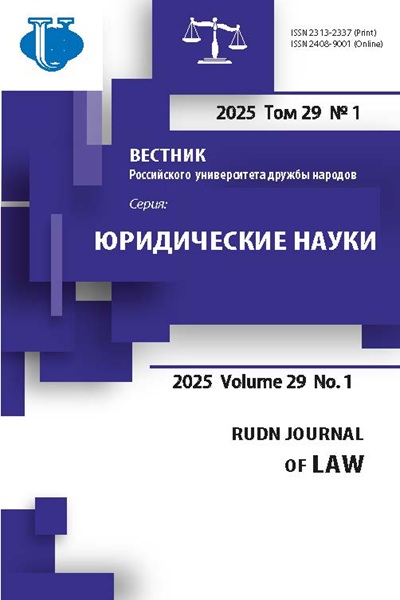Аннотация
В статье рассматриваются проблемы, возникающие в связи с совершением преступлений против государственной и общественной безопасности с использованием компьютерных и сетевых технологий. Эта тема приобретает актуальность в условиях, когда некоторые государства уже испытали на себя действие «боевых» компьютерных вирусов, что может расцениваться как ведение войны с использованием кибероружия. Наиболее известный пример - атака компьютерного вируса Stuxnet на иранский завод, осуществляющий обогащение урана. Вирус был создан специально для выведения из строя промышленных систем управления. Особую опасность представляет использование средств беспилотного наземного и воздушного транспорта для совершения террористических актов. С атаками террористов постоянно сталкиваются российские военные в Сирии: база Воздушно-космических сил в Хмеймим регулярно подвергается нападениям с использованием беспилотных летательных аппаратов - дронов. Не меньшие угрозы несет и совершение террористических актов с помощью компьютерных и сетевых технологий. Разрушительный потенциал кибертерроризма обусловливается повсеместной компьютеризацией государственной и общественной жизни, реализацией проектов по созданию «умных» городов, включая технологии «умного» транспорта, а также интенсивным развитием Интернета вещей. Целью статьи является анализ новых криминальных угроз государственной и общественной безопасности, а также изучение приобретающих актуальность высокотехнологичных способов совершения таких преступлений, как диверсии, террористические акты, иные преступления террористической направленности. Цена их последствий для общества очень высока, причем преступникам не всегда надо атаковать социально значимые объекты непосредственно - достаточно посеять панику среди населения, используя интернет-медиа, социальные сети и интернетсайты органов власти различных уровней, предварительно получив к ним незаконный доступ. В статье описываются некоторые уже использованные способы совершения преступлений диверсионной и террористической направленности. Авторы обращают внимание на приоритет кибербезопасности как для разработчиков технических устройств с элементами искусственного интеллекта, так и для законодателей, которым следует обратить внимание на методы технического прогнозирования при разработке правовых норм, направленных на предупреждение новых способов совершения подобных преступлений. При написании статьи авторы использовали широкий круг российских и зарубежных источников научно-правовой, статистической, социологической и иной информации. Авторы применяли такие методы исследования, как анализ, синтез, дедукция, индукция, логико-юридический и сравнительно-правовой.

















